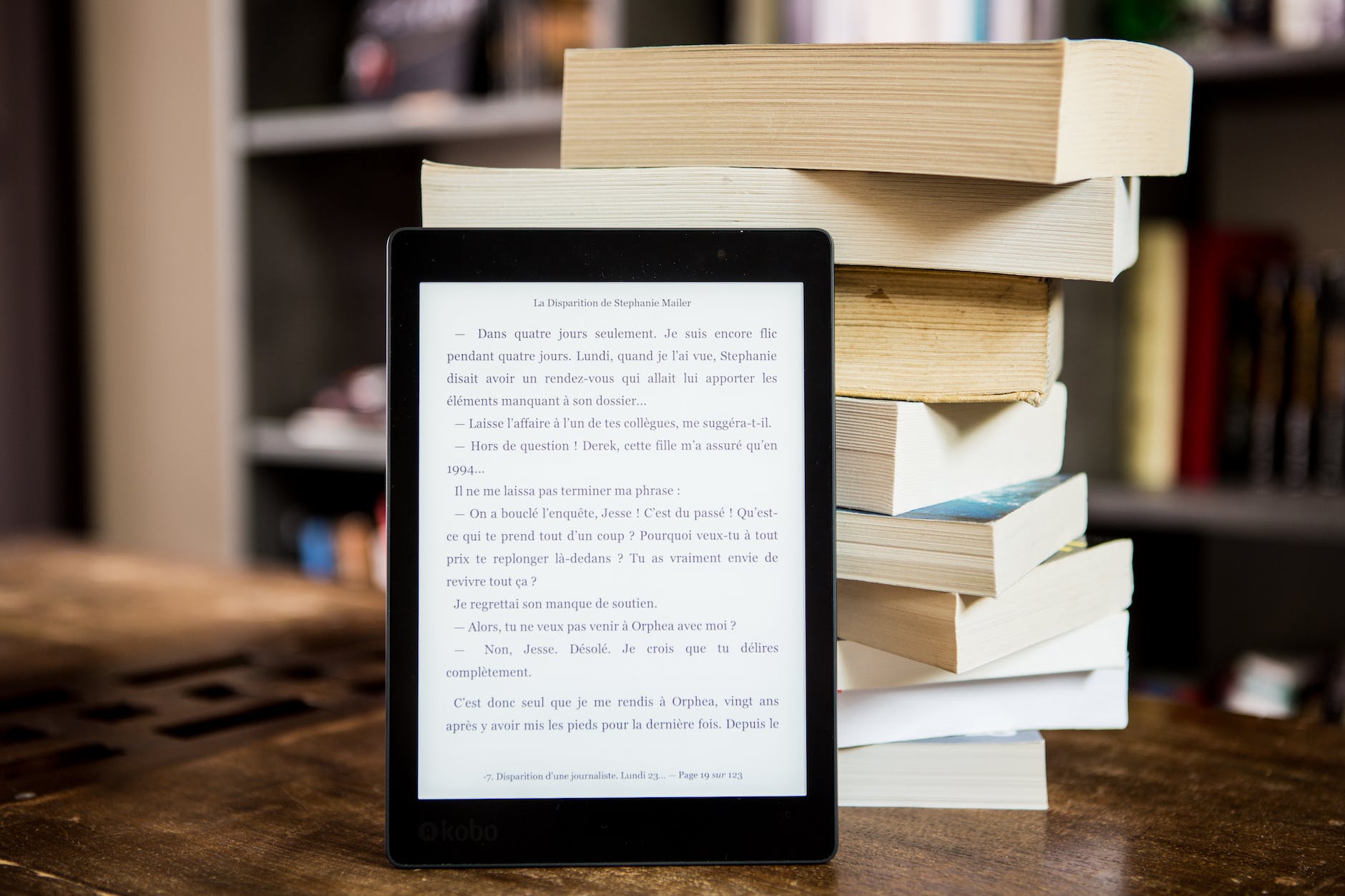Today, college students spend a significant amount of their time on the Internet. From streaming videos to playing games at Casumo online casino, to researching for papers, and even socializing with friends – there are numerous activities that one can do on the web.
Recent studies show that a college student’s average day on the Internet is around four hours. Although college students need to use the Internet responsibly to make sure they don’t get distracted from their studies, there are still plenty of ways to utilize the Internet to make their lives easier and more enjoyable.
Table of Contents
Popular online activities amongst college students
College students are increasingly turning to online activities for entertainment and socializing. With the rise of technology and the internet becoming more accessible than ever, college students have a wide range of options when it comes to finding ways to stay entertained while staying connected with their peers.
With the rise of digital entertainment options such as podcasts and web series, more college students are turning to these forms of entertainment for a unique form of relaxation. Popular online activities amongst college students include streaming music and movies, playing video games, using social media platforms, participating in online discussion forums, and shopping for clothes and other items. Many college students also utilize online resources to learn new skills or pursue educational interests. Online courses are becoming increasingly popular among college students who want to take classes outside the traditional classroom setting.
No matter their interests, college students today have an abundance of online activities to choose from. Whether they’re looking for entertainment, educational opportunities, or just a way to stay connected with friends, there’s no shortage of online options.
How technology is changing the way college students study

Technology has revolutionized the way college students study, making it easier and more efficient than ever before. With the help of technology, students can access course materials from anywhere in the world, allowing them to stay on top of their studies even when they’re away from campus. Technology also allows for collaboration between students and professors, enabling them to communicate quickly and easily.
Technology has made studying more interactive and engaging by providing tools such as virtual reality simulations that allow students to explore complex concepts hands-on. It has also enabled students to access vast amounts of information with just a few clicks of a mouse or taps on a screen. This makes researching topics much simpler and faster than ever before.
All in all, technology is changing the way college students study for the better by making it easier to access course materials, collaborate with peers and professors, engage with content interactively, and research topics quickly and efficiently.
What percentage of college students’ online time is spent on social media?

According to a recent survey, college students spend an average of 17 hours per week on social media. This amounts to roughly 34% of their total online time. The survey also found that most of this time is spent on platforms such as Instagram, Snapchat, and Facebook. It was also revealed that college students are more likely to use social media for entertainment than for educational or professional purposes.
However, it is essential to note that social media usage can benefit college students in many ways. It can help them stay connected with friends and family, find support networks and potential job opportunities, and keep up with the latest news. Social media can provide an outlet for creative expression or a platform to promote causes they are passionate about.
Social Media and Mental Health
However, social media use has been linked to increased social isolation and mental health issues. Studies reveal a correlation between social media use, heightened social isolation, and mental health problems (Pantic, 2014). Increased screen time can lead to feelings of loneliness and depression. Instead of promoting connectivity, excessive social media use may foster feelings of social inadequacy. Mental health issues such as anxiety and depression have also been associated with prolonged social media use. Hence, balancing social media usage with real-life interactions is crucial for overall well-being.
If you are struggling with similar issues that impair your life, consider reaching out to the Michigan Mental Health Hotline. One call can change your life.
To conclude, college students use the Internet for various activities, including social media, streaming services, online shopping, and research. Knowing how much time is spent on these activities is essential so that studying and other productive tasks are not neglected.
The Evolution of Digital Libraries and Resources for Students

The landscape of education has been profoundly transformed by the advent of digital libraries, marking a significant shift in how students access and engage with academic resources. This evolution traces back to the early days of the internet, where the concept of digital libraries was born out of the necessity to make information more accessible.
Early Stages: The Digital Shift
Initially, digital libraries were mere extensions of their physical counterparts, offering limited access to scanned documents and academic papers. The focus was primarily on preserving scholarly articles and making them available online. This period was characterized by experimentation and the laying of groundwork for more sophisticated systems.
Rapid Growth and Accessibility
As technology advanced, digital libraries expanded their offerings. They began to include not just academic papers, but also e-books, multimedia content, and interactive learning modules. This period saw a surge in partnerships between educational institutions and digital library providers, aiming to create comprehensive online repositories.
Impact on Student Learning
The impact of these resources on student learning has been profound. Digital libraries offer unparalleled access to a wealth of information, far beyond what a physical library could house. They enable students to conduct research efficiently, with powerful search tools and instant access to a vast array of sources. This accessibility has been a game-changer, particularly for remote learning environments.
Current Trends and Future Outlook
Today, digital libraries are integral to the educational experience. They are continuously evolving, incorporating artificial intelligence and machine learning to provide personalized recommendations and advanced research assistance. Looking ahead, we can expect these libraries to become even more interactive, with virtual and augmented reality technologies offering immersive learning experiences.
FAQ College Students On-line Usage
How much time do college students spend online daily?
On average, college students spend about four hours online each day, balancing educational and entertainment activities.
What are popular online activities among college students?
College students frequently engage in streaming music and movies, playing video games, using social media, and participating in online courses.
How has technology changed the way college students study?
Technology has made studying more efficient and interactive, allowing students to access course materials remotely, collaborate easily, and engage with interactive learning tools.
Related Reading About Social Media

Exploring the Rise of Online Gambling in Michigan
5 Winning Strategies Michigan Businesses Using TikTok For Unstoppable Success
Explainer Videos In Michigan – Unlock 5 Amazing SEO Benefits
Global Marketing Strategies – Leveraging Multilingual Websites for Michigan Businesses
Discover more from Thumbwind
Subscribe to get the latest posts sent to your email.



